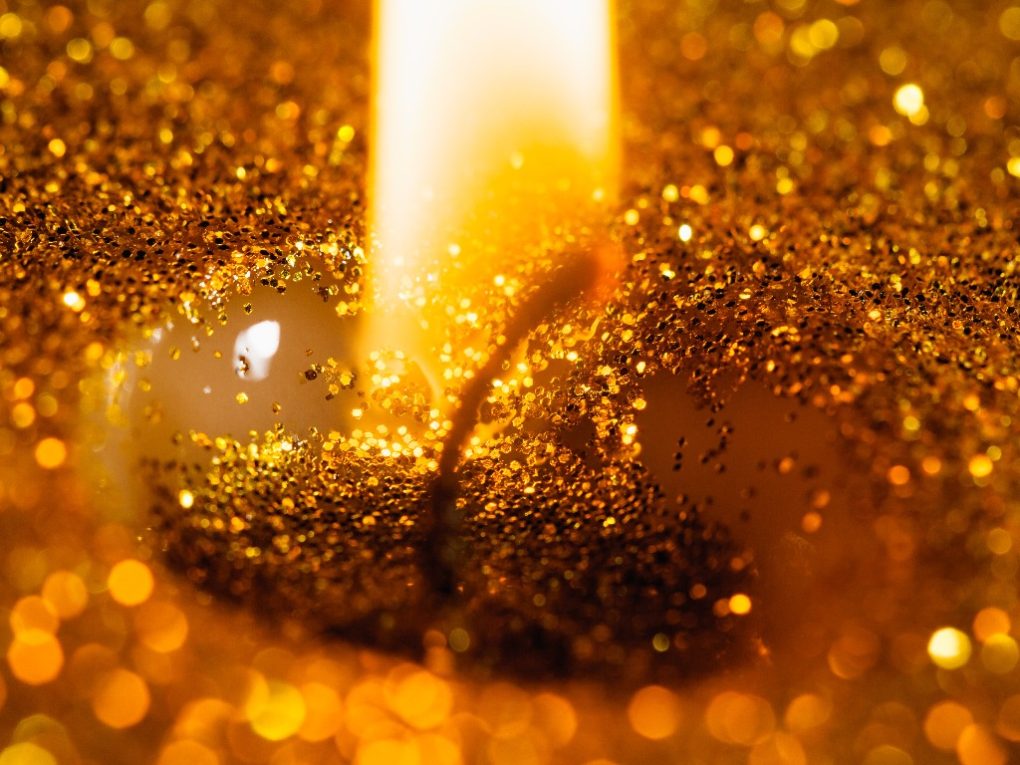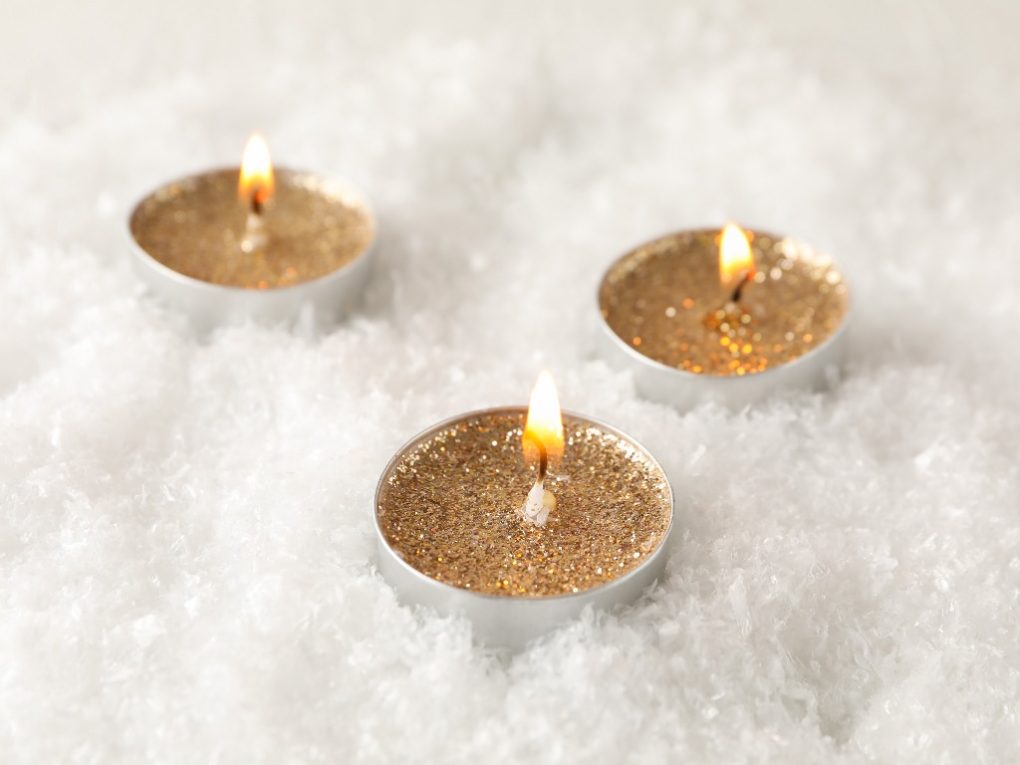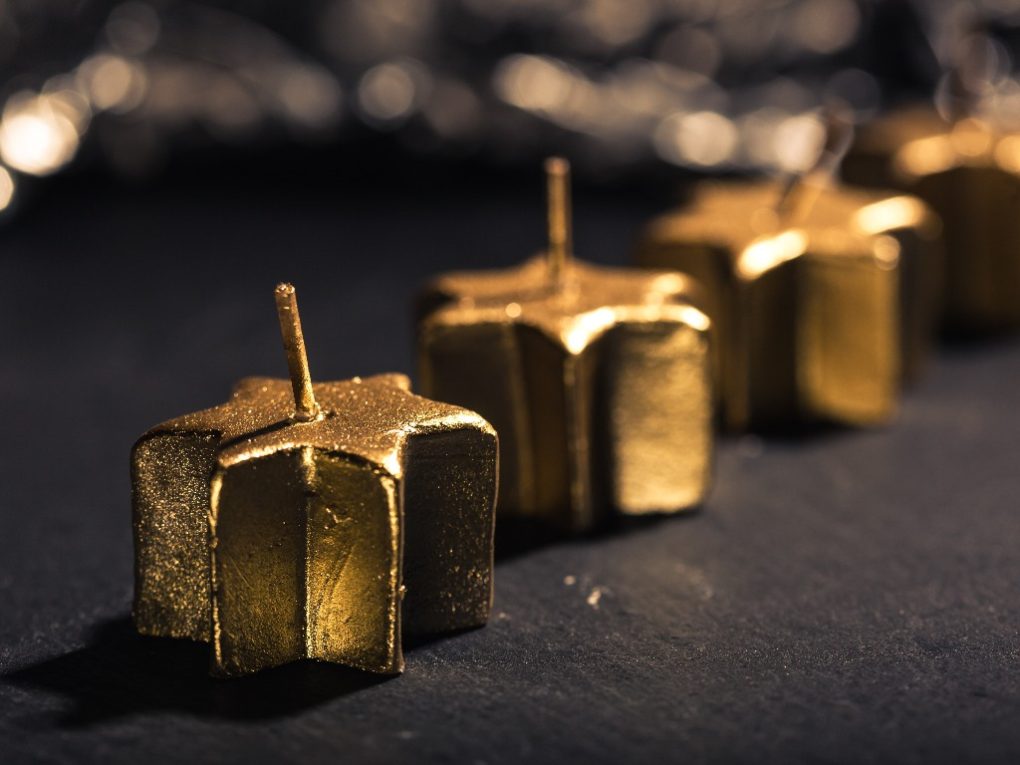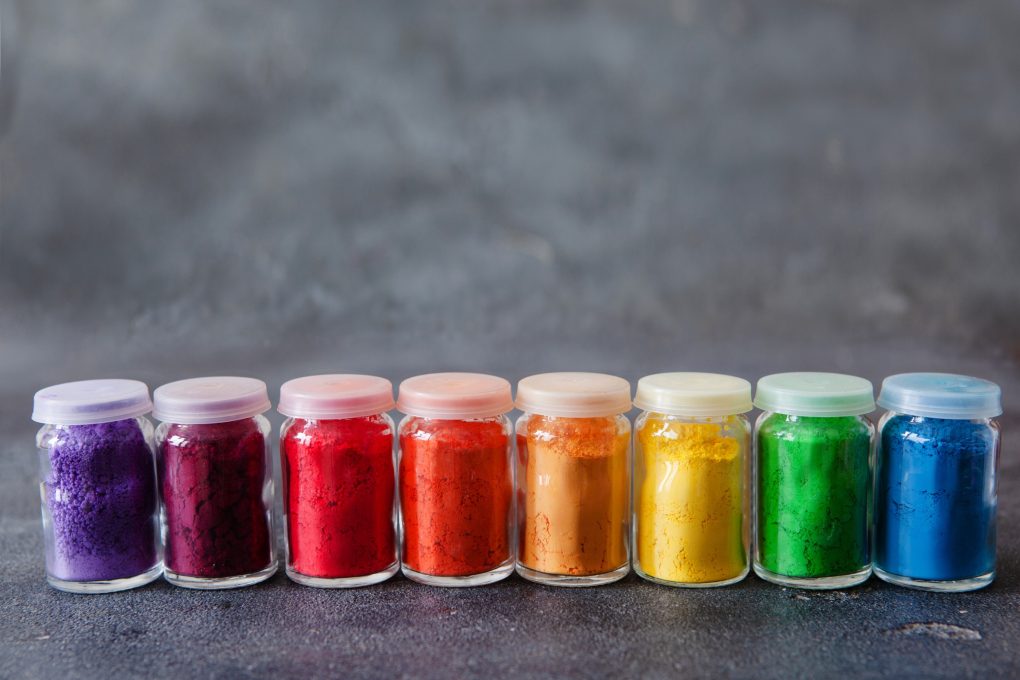Can Mica Be Used in Candles: A Comprehensive Guide
Yes, mica can be used in candles to add color and shimmer. Mica is a naturally occurring mineral in various colors often used in cosmetics, soap, and candle making. Mica can be added to candle wax as powder or flakes and mixed with other coloring agents to achieve custom shades.


When using mica in candles, it is important to use a fine-grade mica to ensure it mixes well with the wax and thoroughly to prevent clumping or settling. Some candle makers also prefer to use liquid mica dyes, which are easier to mix and distribute evenly.
Benefits of Using Mica in Candles
Mica is a mineral that can add color and shimmer to candles. Some benefits of using mica in candles include the following:
- Color options: Mica is available in a wide range of colors, which means you can create candles in various hues and shades. This can help you to create candles that complement your decor or fit a specific theme or occasion.
- Shimmer effect: Mica has a natural shimmer that can add a beautiful sparkle to your candles. This effect can be especially appealing for special occasions or events, such as weddings or holiday celebrations.
- Easy to use: Mica is easy to incorporate into candle wax and can be added at different stages of the candle-making process. Mix it directly into the wax or dust it on the candle’s surface for a more subtle effect.
- Non-toxic: Mica is a natural mineral that is safe and non-toxic for use in candles, according to Baltic Day. This makes it a great alternative to synthetic dyes and pigments that may contain harmful chemicals.
- Long-lasting: Mica is resistant to fading and can help to maintain the color and shimmer of your candles over time. Your candles will continue to look beautiful even after multiple uses.
Drawbacks of Using Mica in Candles
While mica can add beauty to candles, there are also some drawbacks to using mica in candles. These include:
- Cost: Mica can be more expensive than other candle coloring options, such as liquid dyes or chips. This can make it more difficult for candle makers to operate on a tight budget.
- Settling: Mica particles can settle to the bottom of the candle container over time, resulting in an uneven distribution of color and shimmer. This can be mitigated by stirring the wax mixture thoroughly before pouring it into the container.
- Clumping: Mica particles can also clump together, resulting in uneven coloring and a grainy texture. This can be addressed using a fine-grade mica and ensuring it is fully mixed into the wax.
- Lightfastness: Some mica colors may not be lightfast, meaning they can fade or change color when exposed to light over time. This is particularly true for some shades of blue and purple mica.
- Limited heat resistance: Some mica colors may not hold well under high temperatures. Based on experience, this can cause the color to fade or even disappear entirely.


Tips to Use Mica in Candles
Mica powder is a popular choice for adding color and shimmer to candles. Here are some tips for using mica in candles:
- Start with a small amount of mica powder, as a little goes a long way. Too much mica can clog the wick and affect the candle’s burn.
- Mix the mica powder with a small amount of melted wax before adding it to the rest. This will help prevent clumping and ensure even distribution of the mica.
- If you want to create a layered effect, add the mica powder to each layer of wax before pouring it into the container.
- To create a marbled effect, swirl the mica powder into the melted wax before pouring it into the container.
- If you want to create a frosted effect, dust a small amount of mica powder onto the surface of the cooled candle and gently rub it in with a soft cloth.
Remember to always test your candles before selling or gifting them. Burn the candle for several hours to ensure it burns evenly and has no issues with the wick.
Safety Precautions when Using Mica in Candles
While mica is a popular choice for adding shimmer and color to candles, it is important to take certain safety precautions. Always use cosmetic-grade mica powder specifically labeled as safe for use in candles. This will ensure the mica has been tested and deemed safe for candle use.


Avoid using too much mica powder in your candle. While adding more for a stronger color or shimmer effect may be tempting, using too much can cause problems with the burning of your candle. Please ensure the mica powder is fully mixed into the wax before pouring it into your candle jar. This will help prevent clumping and uneven distribution of color and shimmer.
Do not use mica powder in candles that will be burned around children or pets, as inhaling it can harm their health. Always follow the manufacturer’s instructions for using mica powder in candles. This will help ensure that you are using the product safely and effectively.
By following these safety precautions, you can enjoy the benefits of using mica powder in your candles while minimizing any potential risks or hazards.
Alternatives to Mica in Candles
While mica can add a beautiful shimmer to candles, there may be better options for coloring wax. Here are some alternatives to consider:
- Liquid Dyes: These are highly concentrated and can produce bright, vibrant colors in candles. They are easy to use and mix well with wax. However, they can be messy and difficult to measure accurately.
- Powdered Dyes: These are similar to liquid dyes but in a powdered form. They are also highly concentrated and can produce bright colors. They are easy to use and mix well with wax but can be messy and difficult to measure accurately.
- Natural Colorants: These include ingredients like beetroot powder, turmeric, and spirulina. They produce more muted, earthy tones and are a great option for those looking for a more natural candle-making approach. However, they can be less predictable than synthetic colorants.


It’s important to note that not all colorants are suitable for all types of wax. Some may not mix well with certain types of wax or affect the candle’s burning properties. For example, a small test batch before making a larger quantity of candles is always a good idea.
Ultimately, the choice of colorant will depend on personal preference and the desired effect. Whether it’s a vibrant, eye-catching color or a more subtle, natural tone, there are plenty of options.
